Regulatory Support and Guidelines
Regulatory support plays a pivotal role in shaping the Anaphylaxis Treatment Market. Governments and health organizations are increasingly recognizing the need for stringent guidelines and protocols to manage anaphylaxis effectively. Initiatives aimed at standardizing treatment practices and ensuring the availability of life-saving medications, such as epinephrine auto-injectors, are gaining traction. For instance, recent policy changes have facilitated easier access to these critical treatments in schools and public spaces. This regulatory backing not only enhances patient safety but also encourages manufacturers to innovate and expand their product offerings. As a result, the Anaphylaxis Treatment Market is likely to witness growth driven by enhanced compliance and the establishment of best practices in anaphylaxis management.
Increasing Incidence of Anaphylaxis
The rising incidence of anaphylaxis is a critical driver for the Anaphylaxis Treatment Market. Reports indicate that the prevalence of food allergies, particularly among children, has escalated in recent years, leading to a corresponding increase in anaphylactic reactions. This trend necessitates the development and availability of effective treatment options. According to health statistics, anaphylaxis cases have surged, with estimates suggesting that approximately 1 in 50 individuals may experience anaphylaxis at some point in their lives. This growing patient population underscores the urgent need for innovative therapies and emergency response solutions within the Anaphylaxis Treatment Market, prompting pharmaceutical companies to invest in research and development to address this pressing health concern.
Technological Innovations in Treatment
Technological advancements are significantly influencing the Anaphylaxis Treatment Market. Innovations in drug delivery systems, such as the development of more user-friendly epinephrine auto-injectors, are enhancing the effectiveness of anaphylaxis management. These devices are designed to be more accessible and easier to use, particularly for individuals with limited experience in emergency situations. Furthermore, the integration of smart technology into these devices, such as mobile app connectivity for dosage reminders and tracking, is becoming increasingly prevalent. Market data suggests that the demand for such advanced treatment options is on the rise, as patients and caregivers seek reliable solutions for managing anaphylaxis. Consequently, the Anaphylaxis Treatment Market is poised for growth as these technological innovations continue to evolve.
Rising Demand for Personalized Medicine
The shift towards personalized medicine is emerging as a significant driver in the Anaphylaxis Treatment Market. Patients are increasingly seeking tailored treatment options that cater to their specific health profiles and allergy triggers. This trend is prompting pharmaceutical companies to invest in research aimed at understanding the genetic and environmental factors that contribute to anaphylaxis. As a result, there is a growing emphasis on developing individualized treatment plans that enhance efficacy and minimize adverse effects. Market analysts indicate that this focus on personalization could lead to the introduction of novel therapies and diagnostic tools, thereby expanding the scope of the Anaphylaxis Treatment Market. The potential for personalized approaches to improve patient outcomes is likely to attract further investment and innovation in this sector.
Increased Focus on Allergy Awareness Programs
The heightened focus on allergy awareness programs is driving growth in the Anaphylaxis Treatment Market. Educational initiatives aimed at raising awareness about food allergies and anaphylaxis are being implemented in schools, workplaces, and communities. These programs are designed to inform individuals about the signs and symptoms of anaphylaxis, as well as the importance of prompt treatment. As awareness increases, so does the demand for effective treatment options, including epinephrine auto-injectors and emergency response training. Market data suggests that regions with robust allergy awareness campaigns are witnessing a corresponding rise in the utilization of anaphylaxis treatments. This trend indicates that as public knowledge expands, the Anaphylaxis Treatment Market is likely to experience sustained growth driven by informed patients and caregivers.


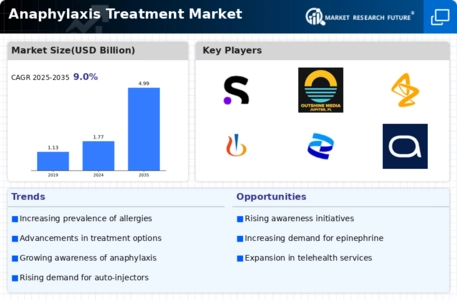
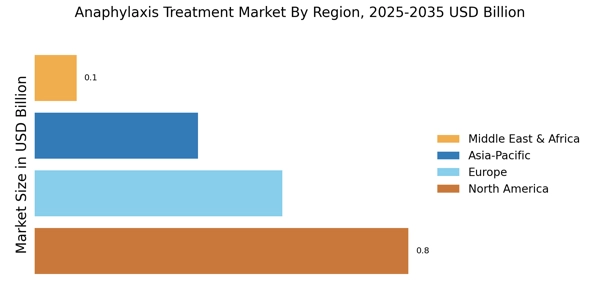
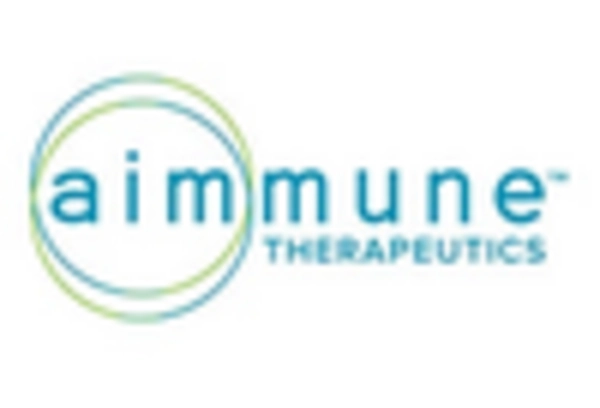
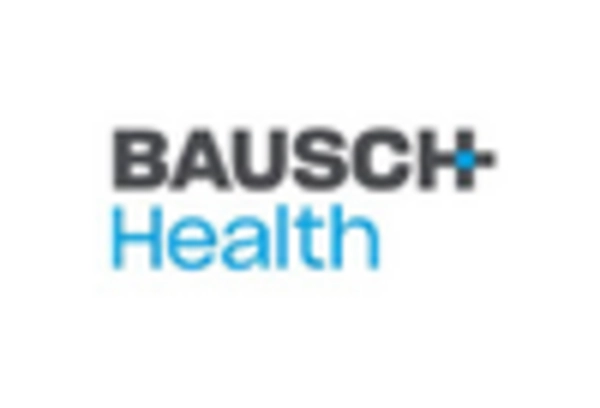
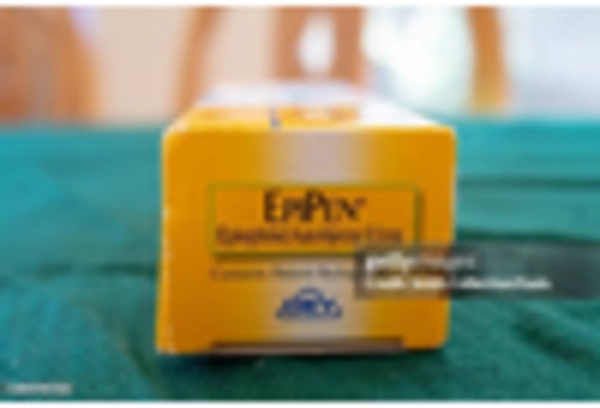
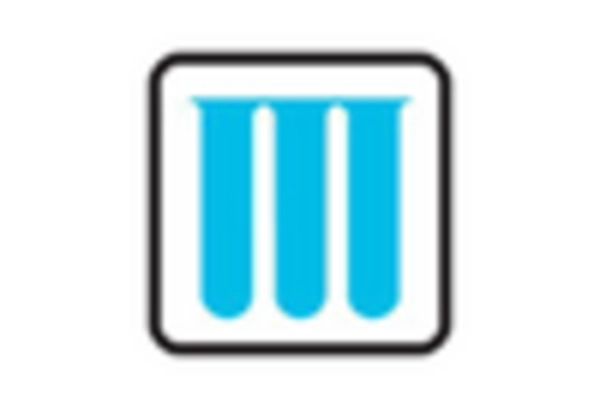

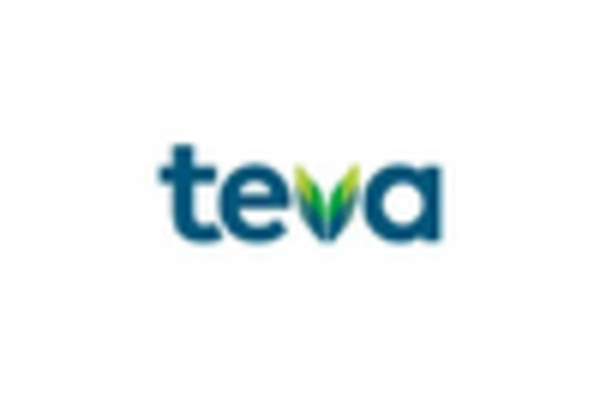








Leave a Comment